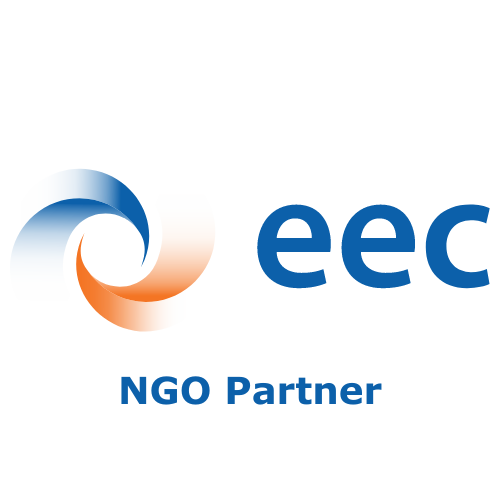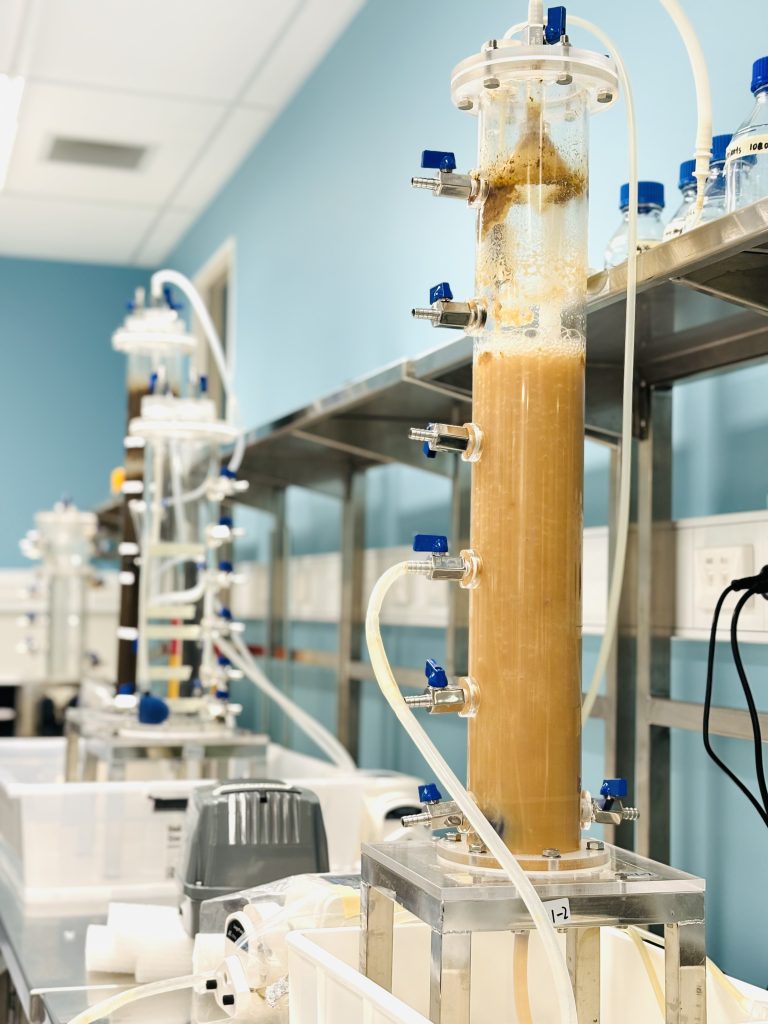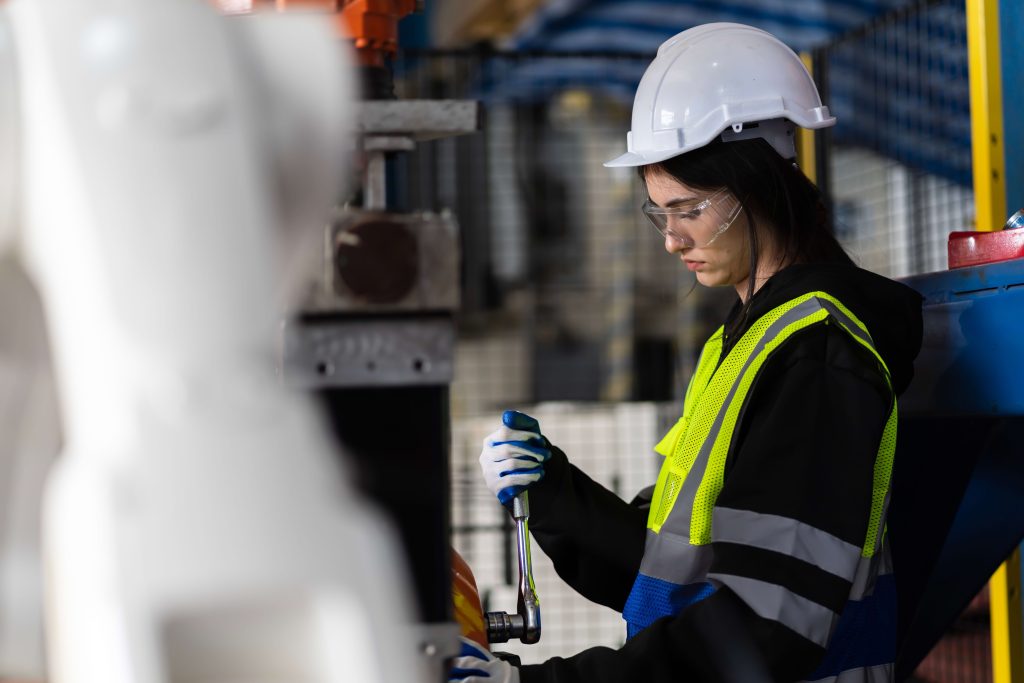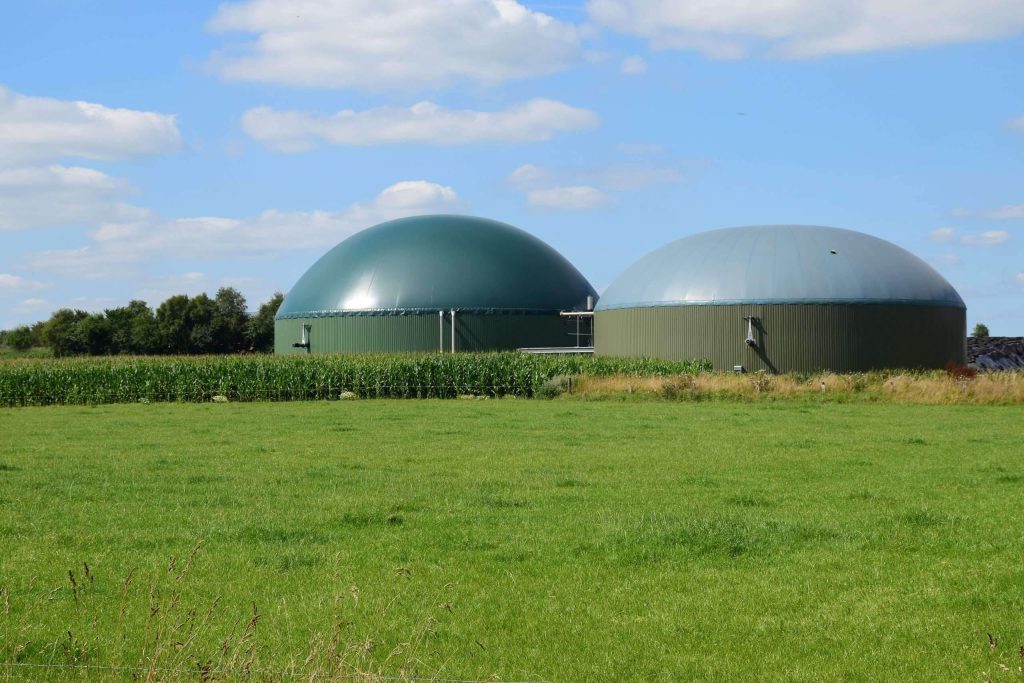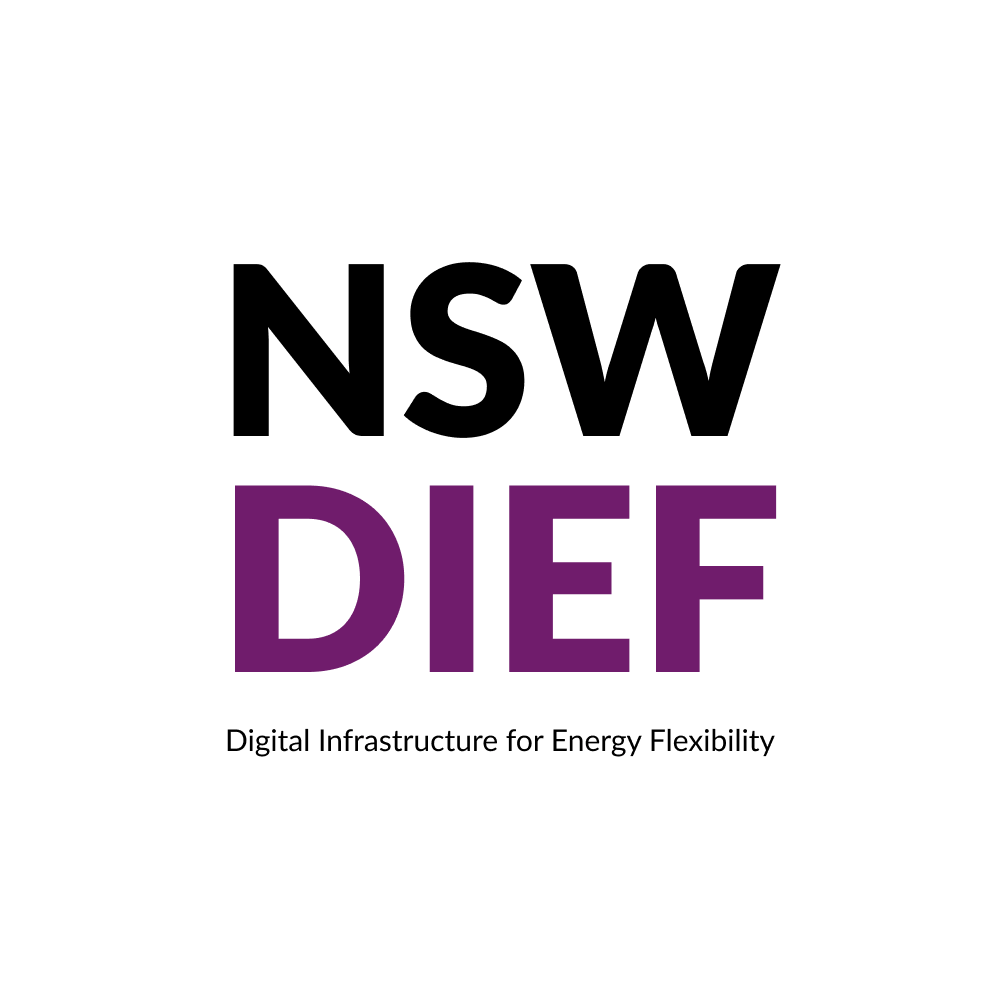Chief Investigators
Kamal Salwan, Ursula Dauenhauer, Mark Atkinson and Frank Zeichner, IoTAA
Purpose of project
Energy sustainability and affordability are among the most pressing socio-environmental concerns of modern times
The challenge for the Australian energy sector and consumers is transitioning to the efficient and productive supply and use of reliable and affordable clean energy in the future.
The Power of Digitalisation (Industry 4.0)
International Energy Agency (IEA) highlighted that digitalisation could cut energy use across various sectors by about 10%. This is achieved by enabling real-time decisions to streamline business processes, leading to improved energy productivity.
It’s about capturing greater value by identifying waste (resources, energy, labour, etc.), understanding energy and resource flows, and then optimising operations, technology application, investment, and asset utilisation.
The untapped opportunity for businesses through better energy productivity is gross energy savings forecast at $1.1 Billion by 2030-31 and $2.4 Billion by 2034-35, as well as potential emission reductions of 5.9 Mt CO2e by 2030-31 and 12.9 Mt CO2e by 2034-35.
However, real-world limitations such as understanding, economic models and skillsets in short supply can significantly restrict these benefits for organisations.
This project, dubbed, “Smart Sensing and Industry 4.0 Energy Productivity Guide for business (B2.3)”, produced a practical resource designed to help businesses on the journey to successfully implement these advanced technologies. It directly addresses common barriers to adoption and provides a structured adoption cycle, supported by real-world case studies.
Findings of the project
Projects driven by real business needs and management support are more likely to overcome technical barriers. A structured business-first, data-driven approach will help businesses unpack the investment, operational and technical design issues best and overcome barriers to adoption.
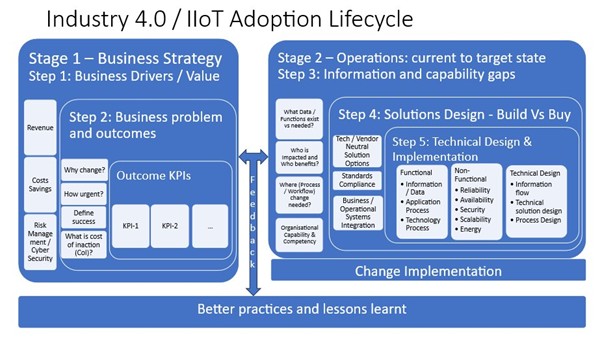
Potential impact of project
Working with the Internet of Things Alliance Australia (IoTAA), this guide provides a reference for the key questions businesses need to answer to make design decisions and in overcome common sensing and industry 4.0 barriers and to realise energy productivity savings. By using customer case studies this guide aims to provide insights in practical implementations and how their decisions made a difference.
Project partners – industry and research
Published Report
Status
- Completed
Project Leaders
- Kamal Salwan, IoTAA
- Mark Atkinson, IoTAA
- Ursula Dauenhauer, IoTAA
- Frank Zeichner, IoTAA
Completion Date
Q2 2025
Project Code
0774





